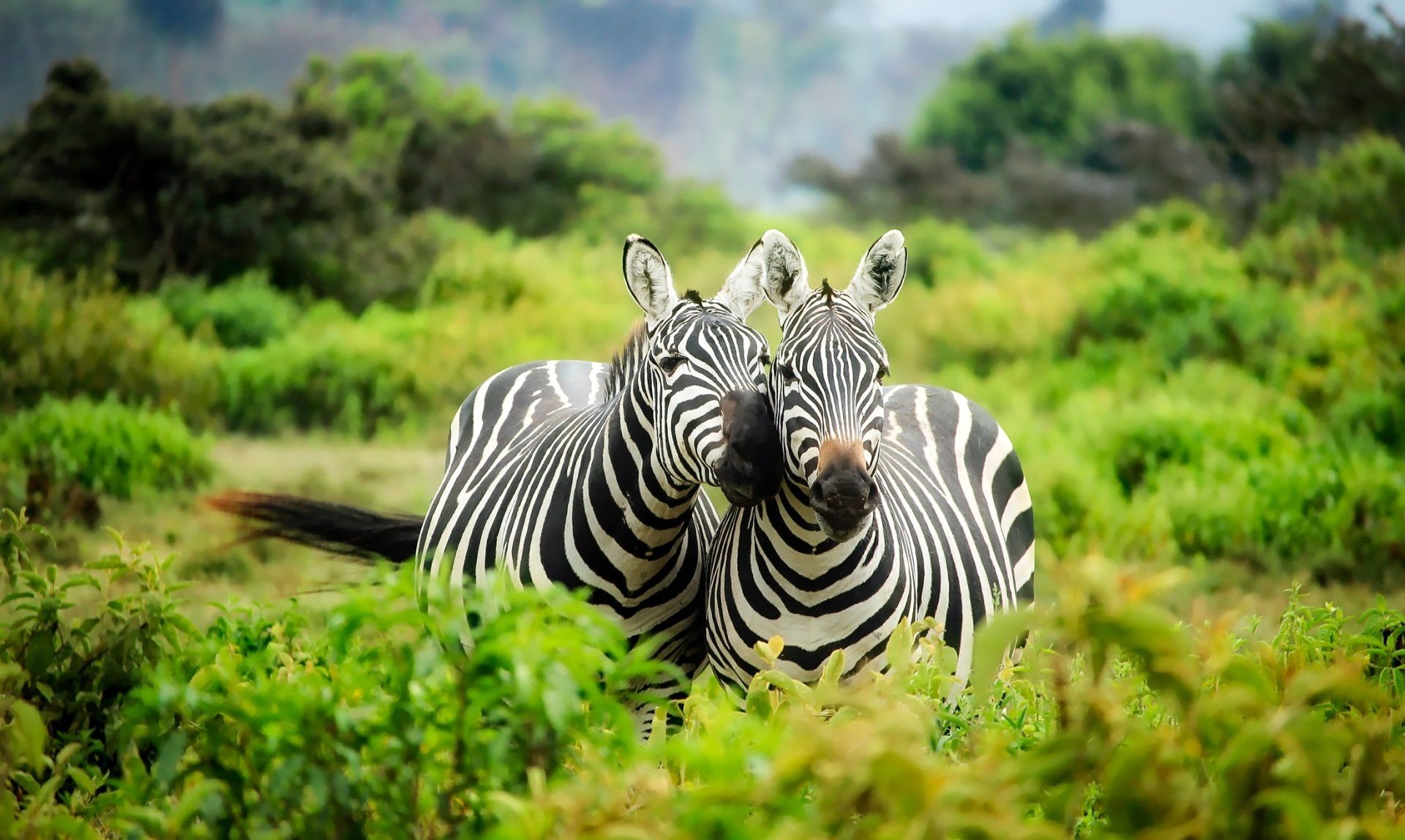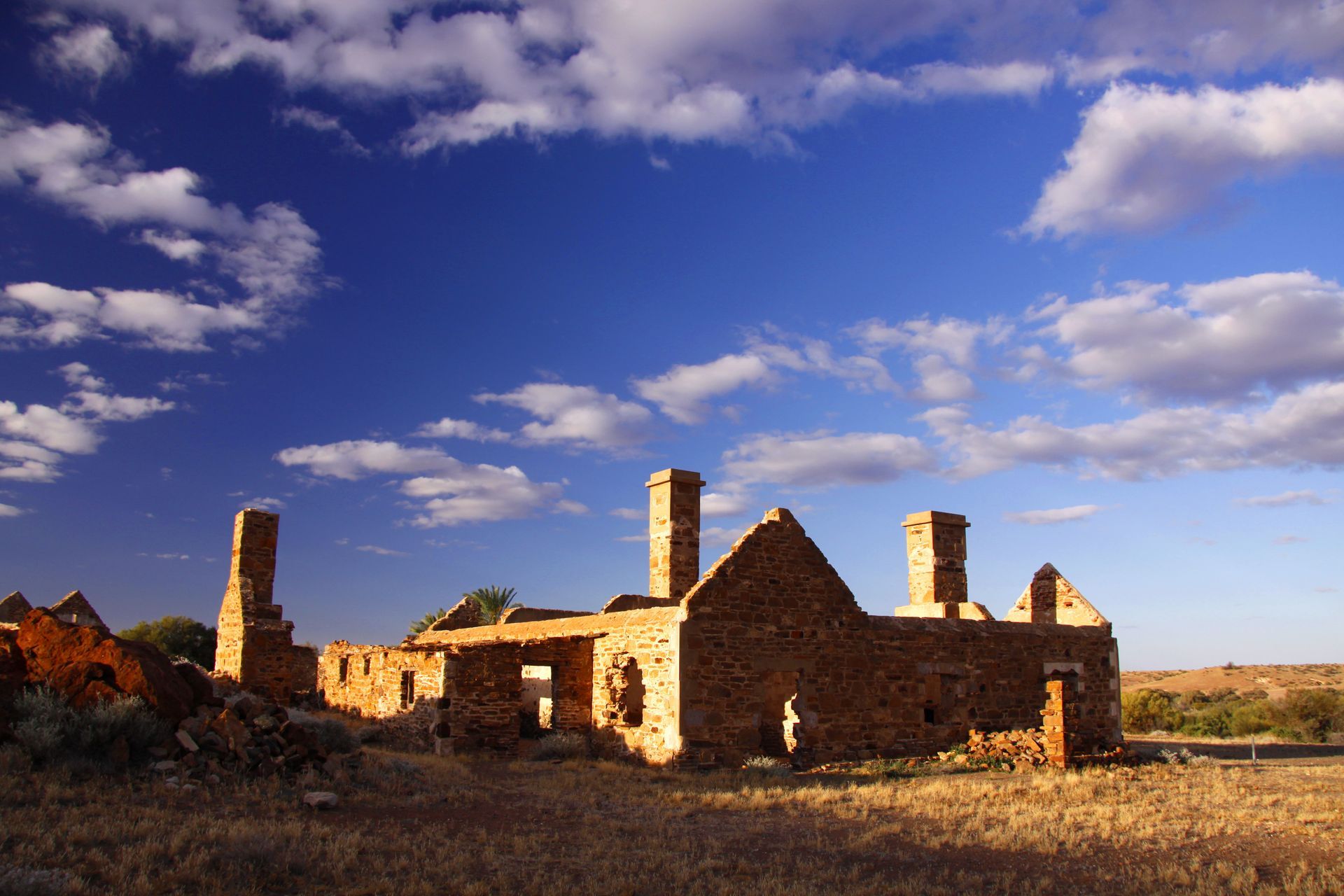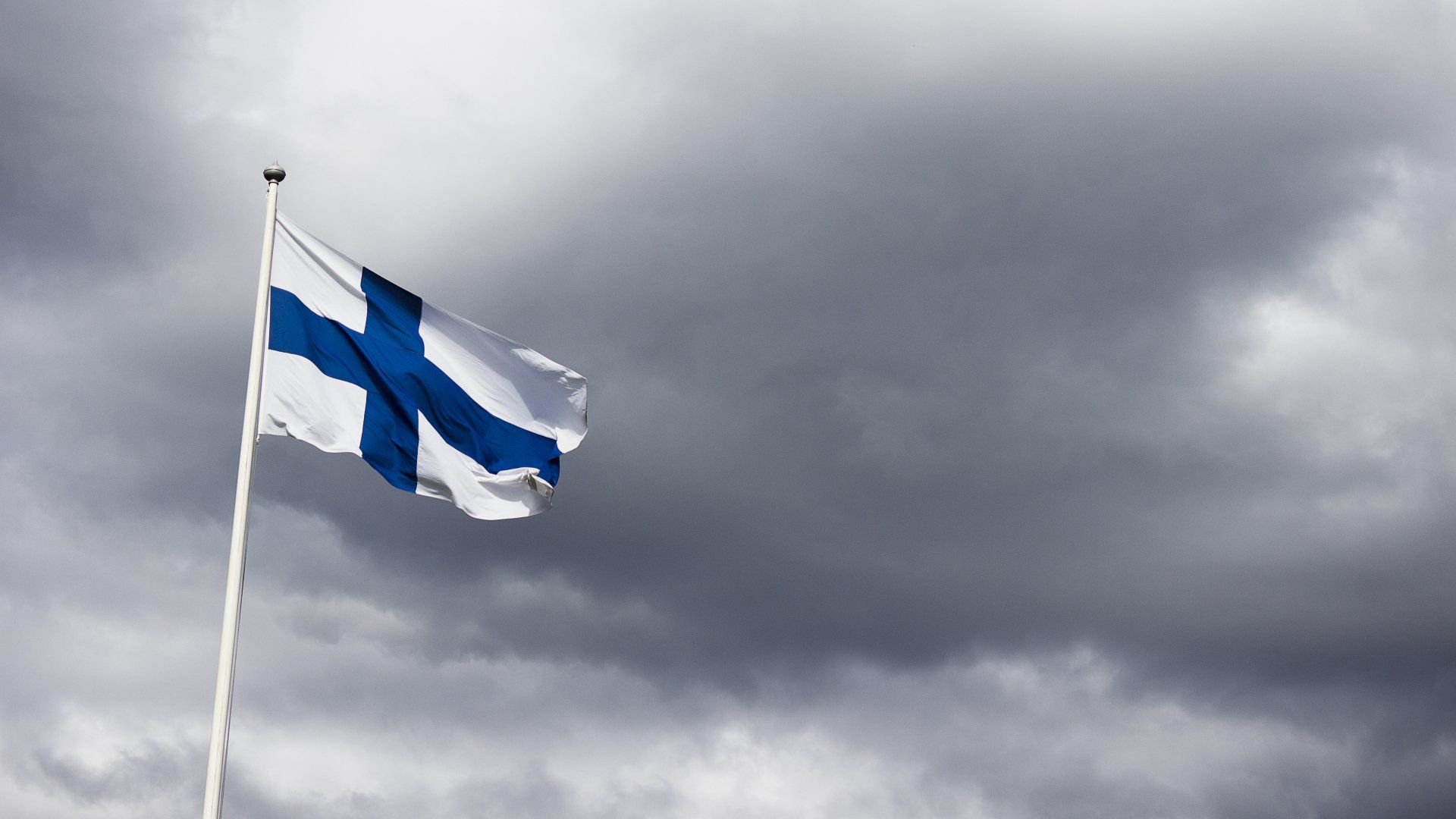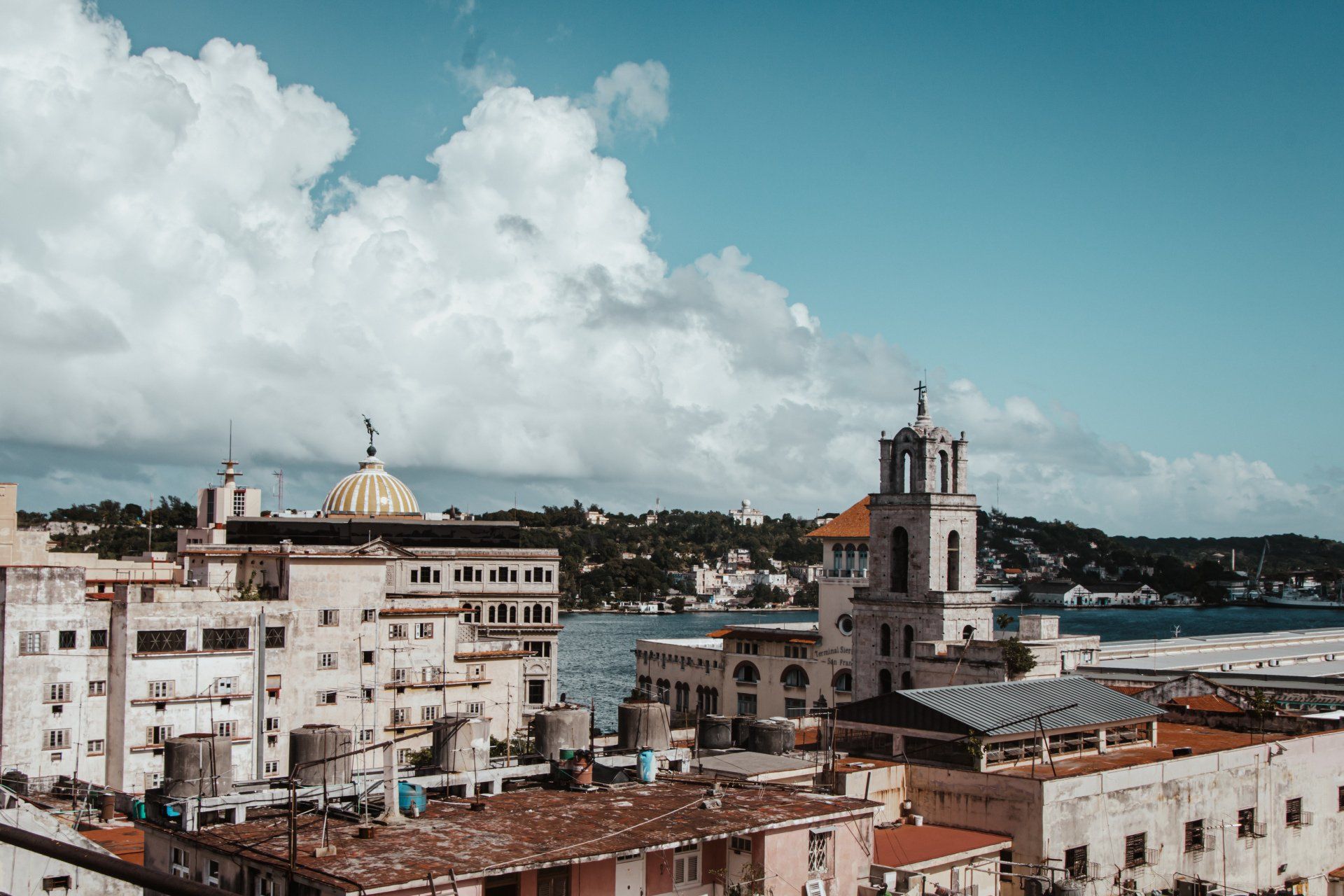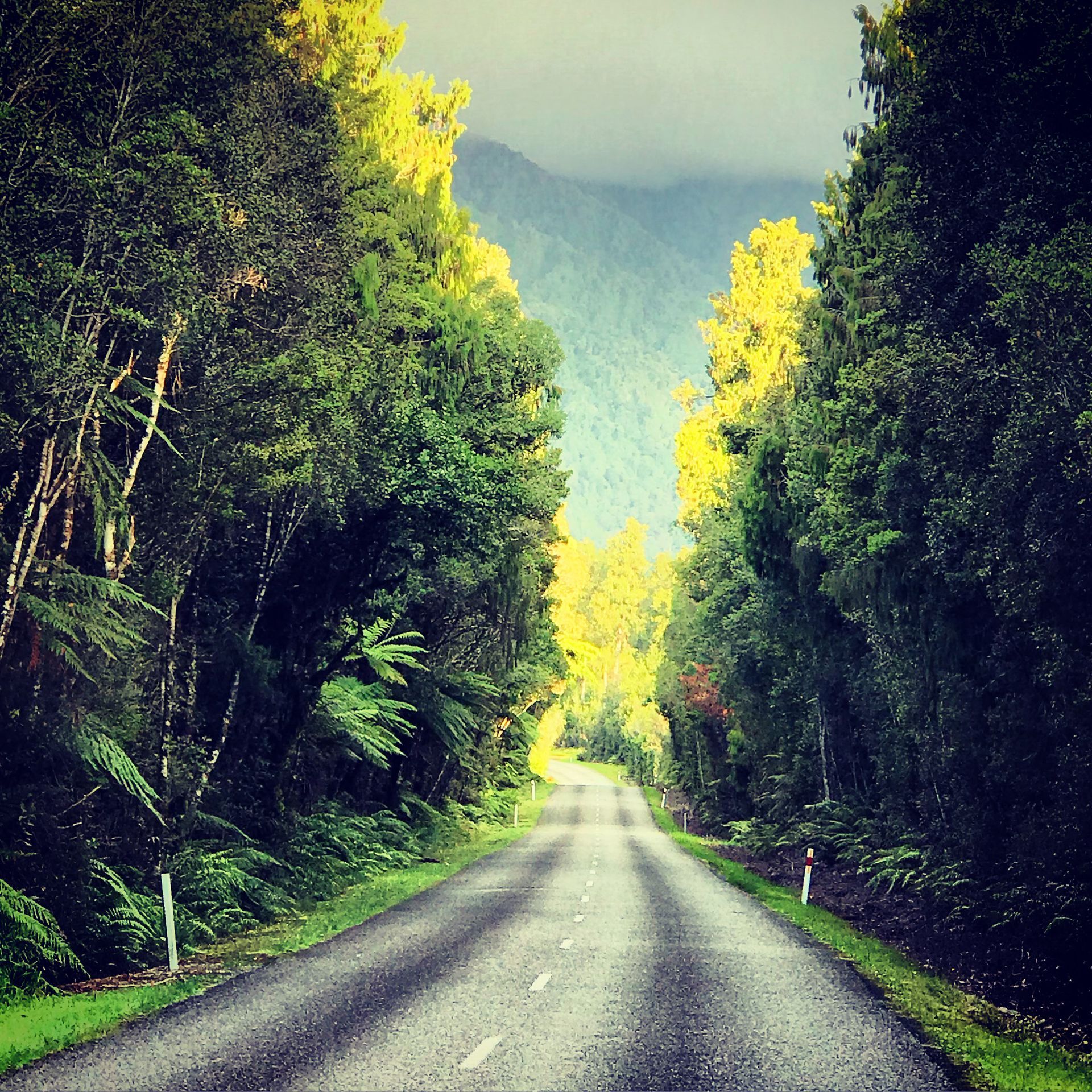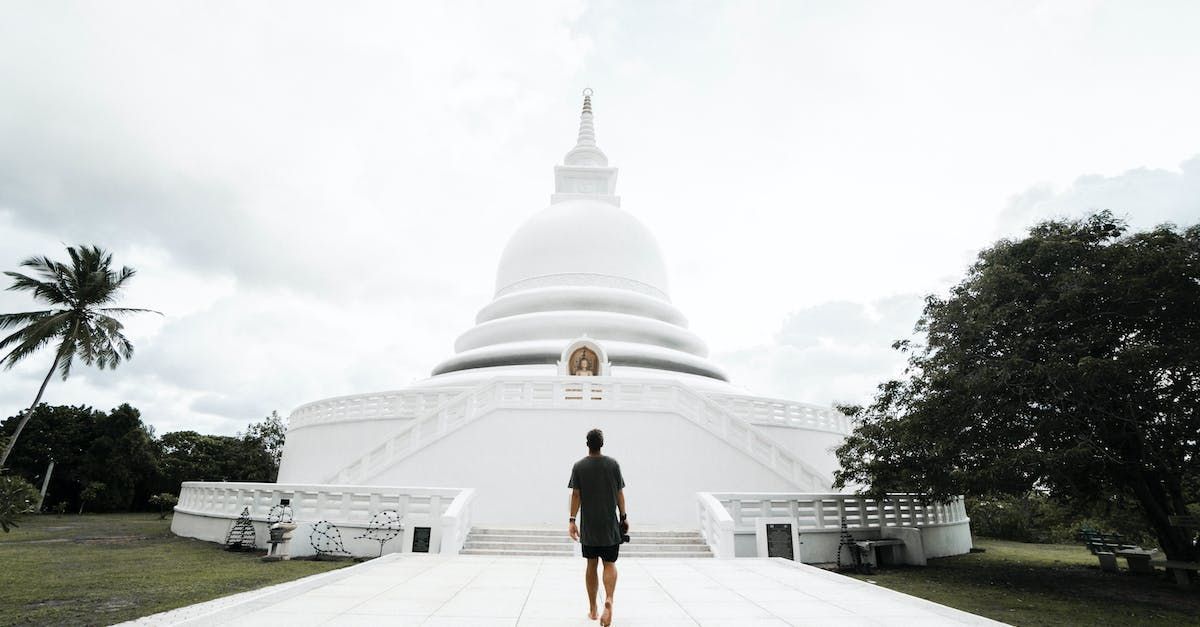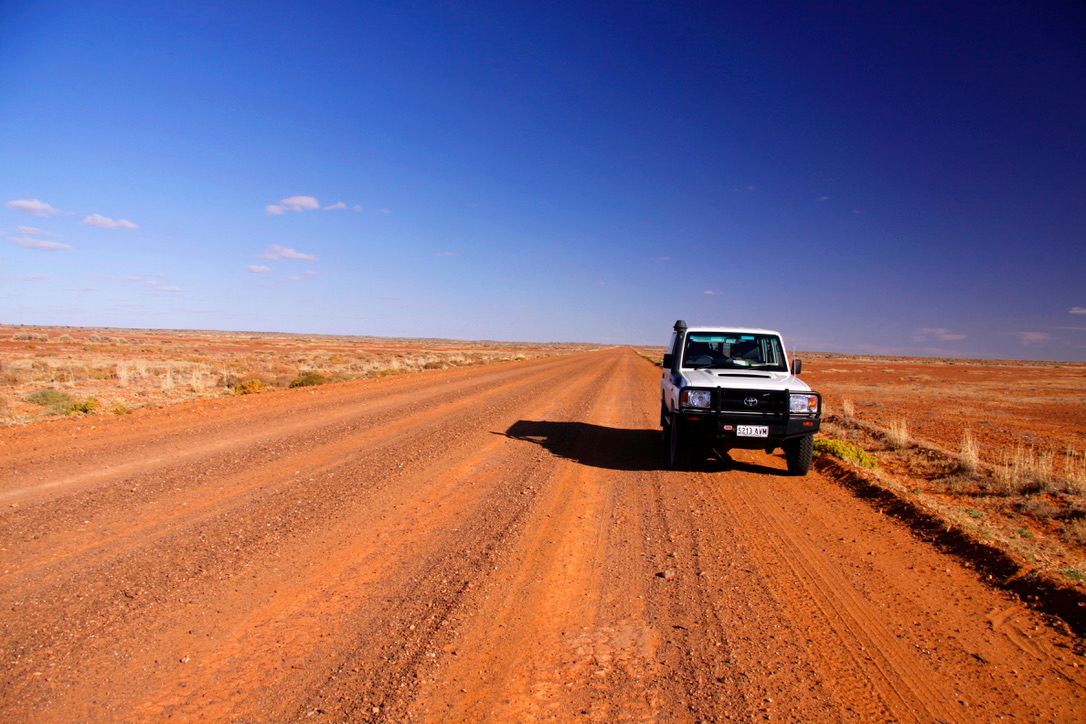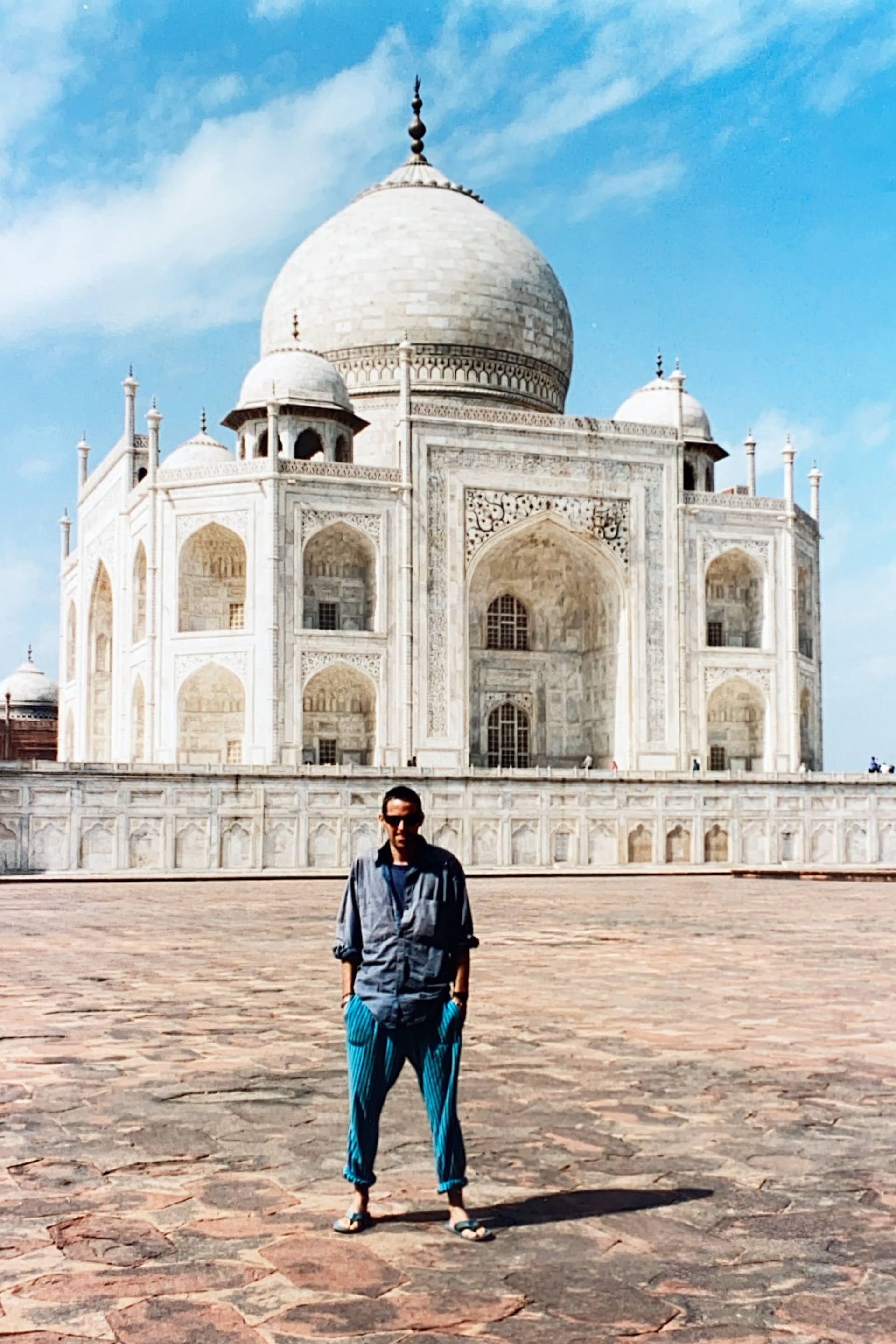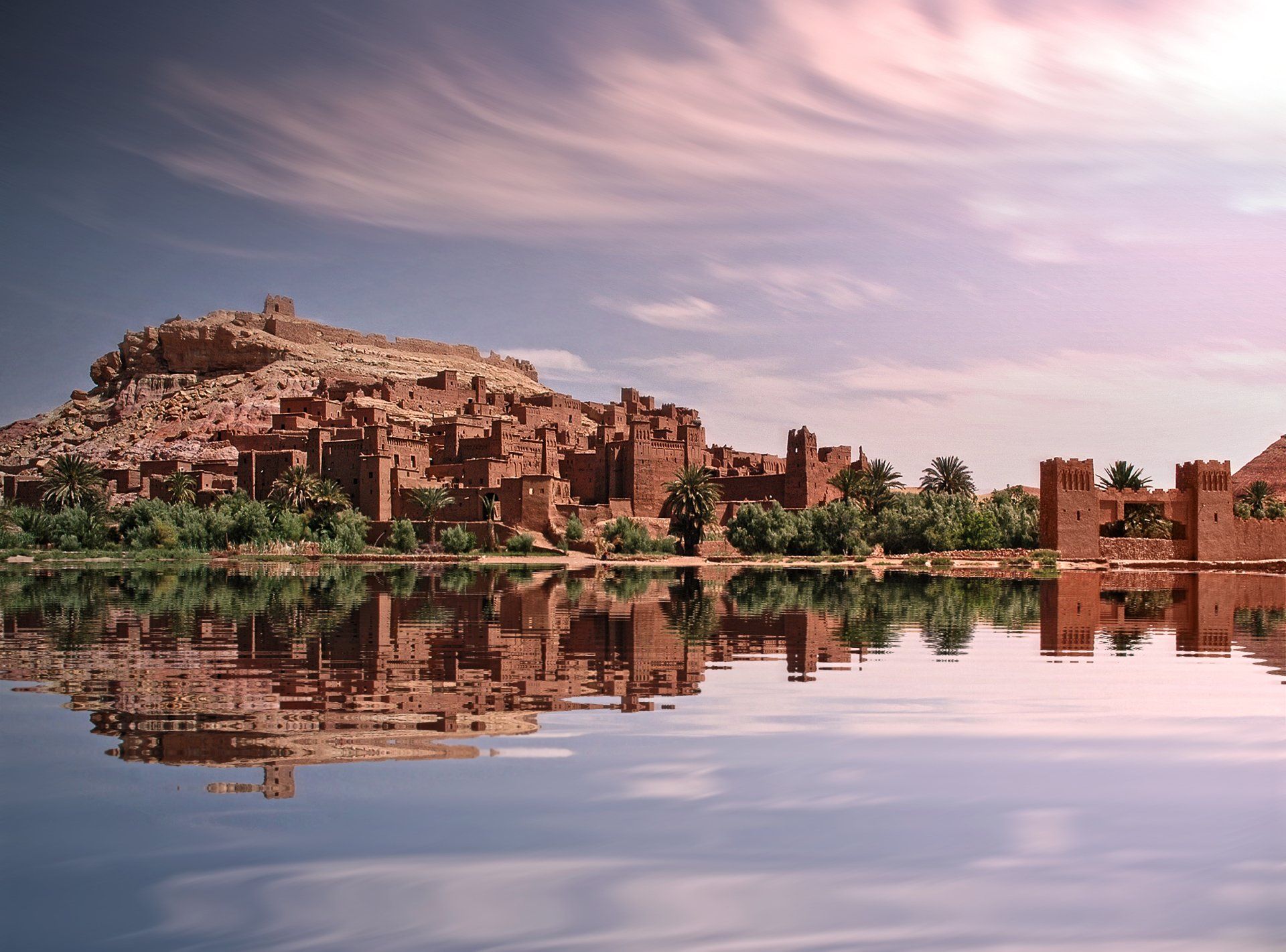Few things can prepare you for your first sight of the River Ganges…
The driver was lost. Confused by the labyrinth of one-way streets, roadblocks, police checkpoints and conflicting signposts he became disoriented and anxious. His battered Ola cab bumped along a rutted, potholed street running diagonally across a wide, empty expanse of empty ground and was brought to a stop by a barricade of bright orange plastic barriers. He fiddled with the map on his phone. I fiddled with mine. It was obvious that we could go no further. I paid the fare and began to walk.

I knew that the river lay somewhere to my left. I squeezed between the row of barriers, crossed a stretch of bare earth where coloured saris lay drying in the sun and followed a long straight road framed by shady peepal trees. There were tiny shrines around some of the trees: painted effigies, brass symbols, offerings of flowers and coloured rice. Dogs lazed in the shade. I paused at a chai stall beneath a spreading fig tree and drank a cup of hot, sweet, spicy tea. The road climbed a rise along which ran a busy street, crowded with buses and pilgrims. Beyond it lay the river.
Few things can prepare you for your first sight of the River Ganges. In the course of my travels I have been lucky enough to see many of the world’s great rivers. I have seen the River Thames in London, the Bow River in Alberta and the Murray River in Australia. I have floated down the River Nile in Egypt, the Congo River in Zaire and the Yangtze River in China. I have seen the headwaters of the Indus in Pakistan, crossed the Niger River in North Africa and the Hudson River in New York.
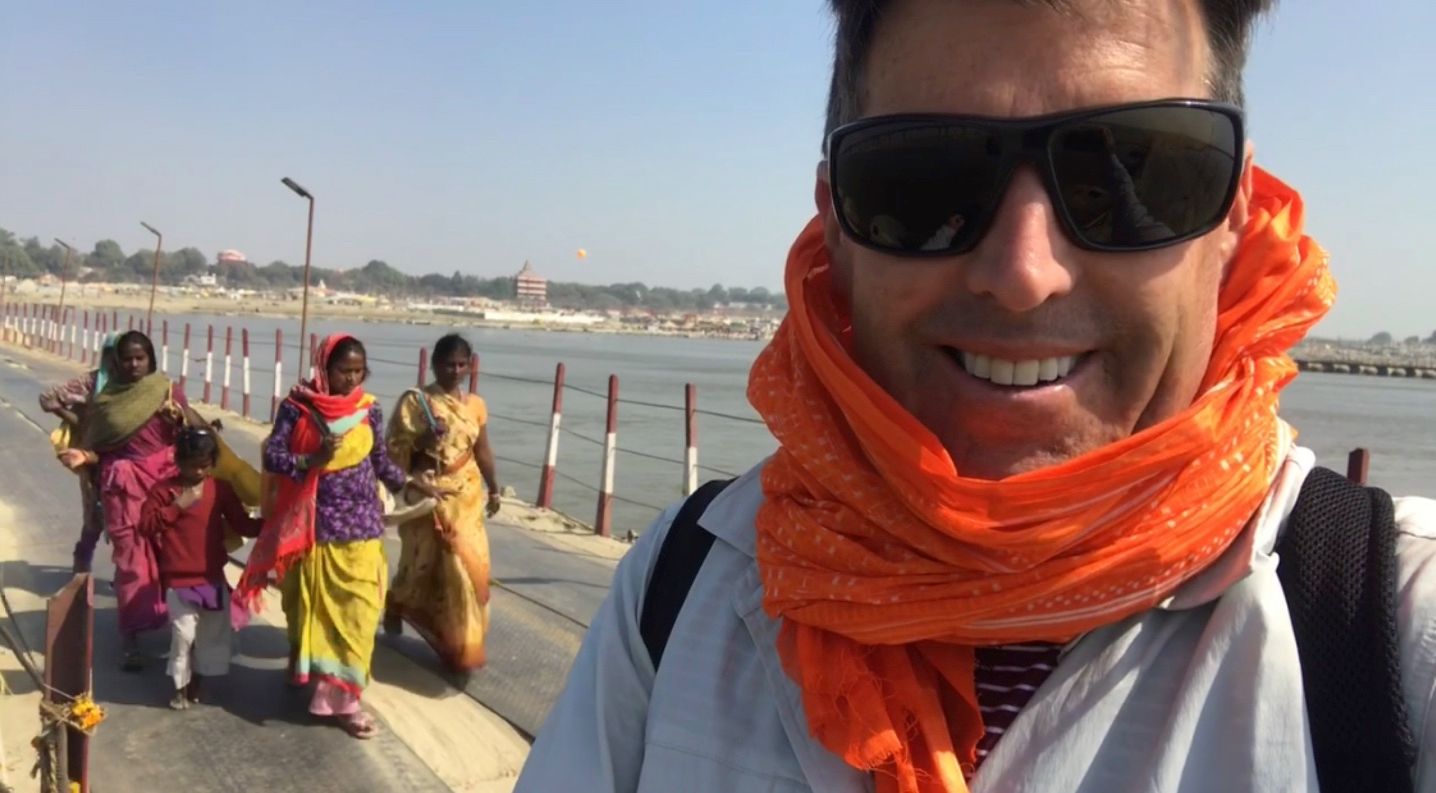
And now, here I was, standing beside the greatest river in the world: Mother Ganga. She lay brown and wide, her sleek surface rippled by the warm wind gusting downstream beneath the Old Naini Bridge. Her banks were a sea of dried silt. It was summer in India and the river was at her lowest flow. The water was a pallid brown colour. It hissed around the moored steel pontoons of a bailey bridge and eddied amongst the swimmers and bathers on the muddy ghats. Downstream, crouched in the haze, lay the temples of Prayagraj.
The Triveni Sangam is the place where India’s three sacred rivers, the Ganges, the Yamuna and the Sarasvati, converge. For Hindus it is one of the most propitious places in the universe and to bathe in the waters here is to dispel all the profane sins of the soul and guarantee liberation from the endless cycle of rebirth and death. The Prayag Kumbh Mela Festival, held here every twelve years, is the world’s largest religious gathering. In 2013, one hundred and twenty million people attended the festival. The vast, empty expanses of bare ground I had walked across to reach the river became temporary cities, heaving with the mass of humanity that comes to celebrate at the Triveni Sangam.
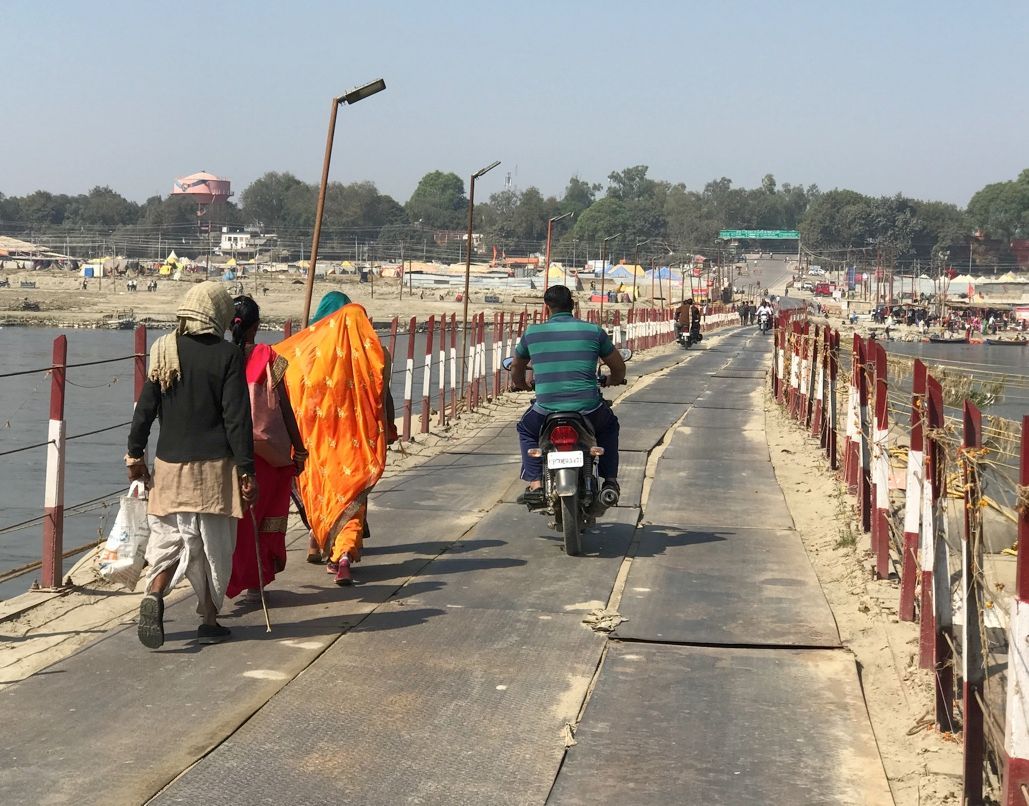
I walked across the steel-decked bailey bridge to the opposite bank of the river. Graceful white herons waited in the shallows with endless patience for a passing minnow. Fishermen in rough wooden boats cast their nets beneath the concrete piers of the New Yamuna Bridge. A continuous stream of trucks and scooters rattled across the bridge raising a fine miasma of silty dust. The wire-rope guardrails were festooned with tangles of cotton streamers. Three women in bright saris – one blue, one green and one orange – walked ahead of me.

Beyond the water’s edge the river flats stretched away, flat and grey under a sky of brass. The wind whipped up the silt into a gritty haze. A sadhu with dreadlocks wrapped around his head like a turban sat gazing out across the water, lost in some devotional reverie. Downstream, I could see the temples of the Triveni Sangam, floating in the shimmering air like the castles of Nirvana above the confluence of the sacred rivers.
